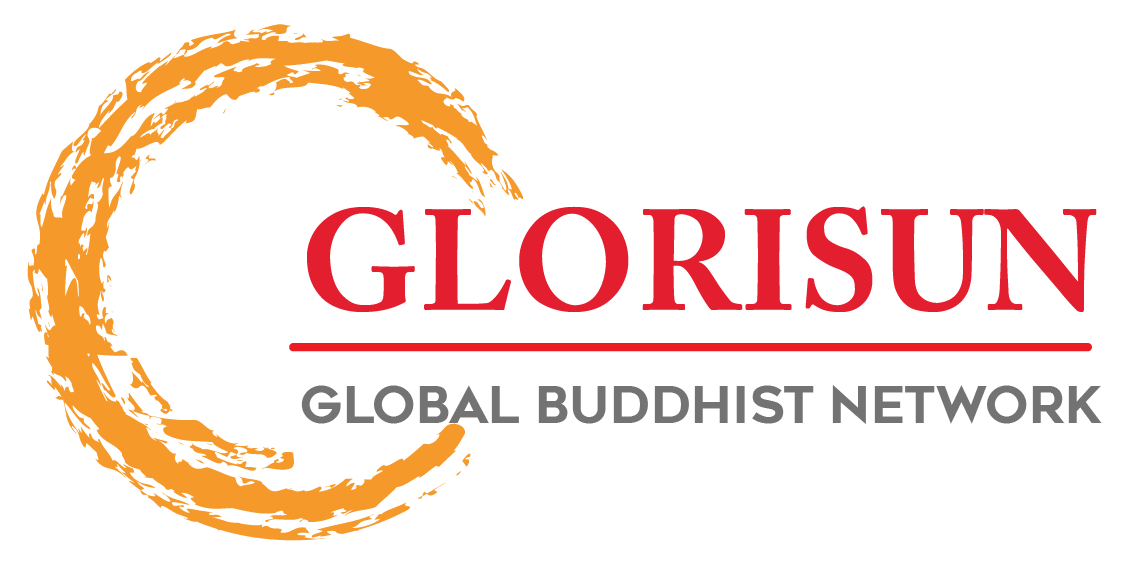Click here return to the Hualin main page.
Click here return to the Hualin E-Journal Vol 7.2 Table of Contents page.
Hualin International Journal of Buddhist Studies 7.2 (2024): 401–406; https://dx.doi.org/10.15239/hijbs.07.02.12
(This article belongs to the Special Issue Ritual and Materiality in Buddhism and Asian Religions)
Albert Welter. A Tale of Two Stūpas: Diverging Paths in the Revival of Buddhism in China. New York: Oxford Univeristy Press, 2022. 240 pp.
James BENN
McMaster University
bennjam@mcmaster.ca
Albert Welter has a wealth of knowledge to share about Chinese Buddhism at the beginning of the Song dynasty (960–1279). He has published extensively on two important monastic figures from that period—the Chan and Huayan thinker Yongming Yanshou 永明延壽 (905–976) and Zanning 贊寧 (920–1001), chronicler of and advocate for the saṃgha in China. In this new book, Welter brings together his expertise in texts with a material culture approach to explore the history of Buddhism in China from a new angle. A Tale of Two Stūpas: Diverging Paths in the Revival of Buddhism in China is a fascinating and well-researched study of the history and significance of two Buddhist monuments in Hangzhou: the Yongming Stūpa (Yongming ta 永明塔) and the Leifeng Pagoda (Leifeng ta 雷峯塔). The book traces the origins, development, destruction, and reconstruction of these two stūpas, and illuminates how they reflect the changing fortunes and aspirations of Buddhism in China. As the title of the book indicates, Welter envisages the stūpas to represent diverging paths in the revival of Buddhism in Hangzhou: the Yongming Stūpa was dedicated to the memory of Yongming Yanshou, a dedicated practitioner and scholar who advocated a comprehensive and universal vision of Buddhism; the Leifeng Pagoda was built to house the relics of the historical Buddha, and was associated with the transmission of the Precious Chest Seal Dhāraṇī Sūtra of the Whole Body Relics Concealed in All Buddhas’ Minds (Yiqie rulai xin mimi quanshen sheli baoqie yin tuoluoni jing 一切如来心秘密全身舍利宝篋印陀羅尼經), a text that promised miraculous benefits and protection to its devotees. He demonstrates how these two stūpas embody different aspects of Buddhist culture and practice, such as relic veneration, dhāraṇī recitation, state patronage, and local folklore. The book also examines how the stūpas have been revived and reinterpreted in modern times, especially in relation to the popular legend of the White Snake and the development of tourism and heritage preservation in Hangzhou. The book has five chapters, and two appendices with translations of important primary sources. It contains many interesting colour photographs and images.
The Introduction, titled ‘Buddhist Relic Veneration, Buddhist Sites and Translocations, and the Transformation of the Hangzhou/Jiangnan Region into an Indian Buddhist Homeland’, introduces the main themes and methods of the study. Here, Welter lays out his argument that the two stūpas represent the complex process of translocating and transforming Indian Buddhism into a Chinese context, especially in the region of Jiangnan, where Hangzhou served as a centre of Buddhist culture and politics. He uses three approaches to explore the significance of the two stūpas: relic veneration, Buddhist sites and institutions, and regional approaches towards Buddhism. The introduction also provides an overview of the historical background of Hangzhou and its relation to India, as well as the legends and legends associated with the stūpas and their patrons. Buddhist relics have been collected, distributed, enshrined, and venerated in various ways throughout Buddhist history, and have served as symbols of legitimacy, authority, and power for both religious and political actors. As Welter points out, Yongming Stūpa and the Leifeng Pagoda housed different types of relics and thus reflected distinct aspects of Buddhist relic veneration in Hangzhou.
…
About the Author: James Benn is a Professor in the Department of Religious Studies at McMaster University. His field of research is religion in medieval China (roughly fourth to tenth century, CE). To date, he has concentrated on three major areas of interest: bodily practice in Chinese Religions; the creation and transmission of new religious practices and doctrines; and the religious dimensions of commodity culture. In particular, he has focused on self-immolation, Chinese Buddhist apocrypha, and the history of tea. He works with primary sources written in literary Chinese and his research engages with that of scholars who publish in English and French as well as in modern Chinese and Japanese. Although his work is grounded in traditional Sinology—a discipline based on knowledge of the literature, history, and culture of pre-modern China—his publications are also aimed towards scholars of Religious Studies.
This is an open access article distributed under the Creative Commons Attribution License which permits unrestricted use, distribution, and reproduction in any medium, provided the original work is properly cited.
